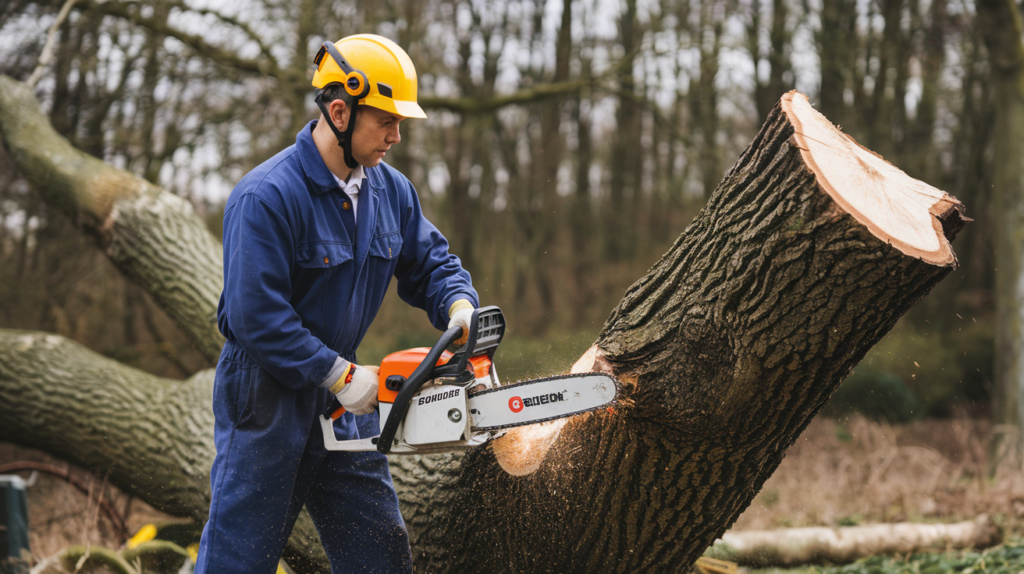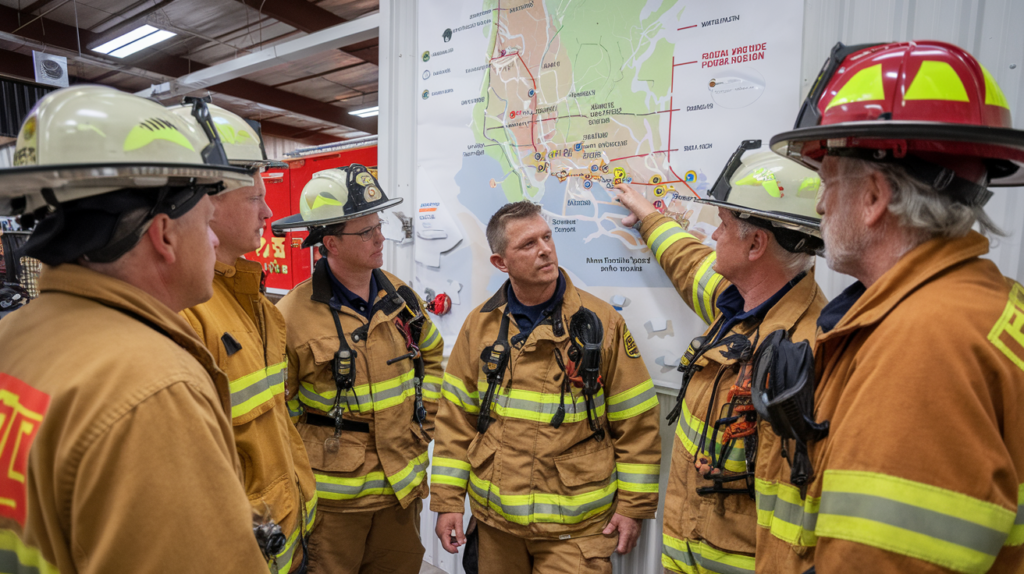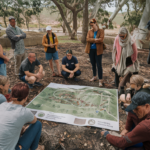MY Tips
Upskilling for Success:
Planning Rules Every Landscape Contractor Should Know
Planning Rules Landscapers Should Know!
How to navigate planning regulations to avoid delays and legal issues
As a professional Landscape Contractor, it’s essential to familiarise yourself with all the Planning Rules relevant to Landscapers to ensure your projects comply with regulations and run smoothly. Whether you’re working on residential gardens, commercial properties, or public spaces, understanding the relevant rules and regulations allows you to deliver high-quality work without delays or legal issues.
Your Landscape Journey can help you Understand the Planning Rules
At Your Landscape Journey, we’re dedicated to helping landscape contractors upskill and grow their businesses. In this blog, we’ll cover the key planning rules every landscape contractor should know, with practical tips and resources to help you stay informed and confident in your projects.
1. Understanding Local Zoning Regulations Applicable to Landscapers
Zoning regulations (or planning rules) dictate what you can build on a property and how you can use it. These rules vary between local councils and can affect landscape projects in several ways, including fencing, tree planting, and outdoor structures.
Key Planning Rule Considerations
- Verify zoning restrictions, before starting any project, especially for fences, retaining walls, or outdoor structures like pergolas.
- Comply with height limits, setbacks, and property boundaries.
Where to Learn More about Planning Rules
Visit your local council’s website or the NSW Planning Portal for zoning regulations in New South Wales.
2. Tree Protection Laws
Tree removal and pruning are often regulated to protect local ecosystems. Some trees may be protected due to their size, age, or ecological value, requiring permits for removal or modification.
Planning Rules You Need to Know Before Undertaking Tree Work
- Identify protected species before undertaking tree work.
- Obtain permits for removal or significant pruning if required.
- Understand root zone protection requirements during construction.
Helpful Resource
Refer to your local council’s Tree Preservation Order (TPO) or visit the NSW Planning Portal for guidelines on protected trees in NSW.

3. Complying Development Certificates (CDC)
A Complying Development Certificate (CDC) allows certain landscape projects to proceed without a full development application (DA), provided they meet specific criteria. This can save time, but understanding the planning rules is essential to avoid breaches.
Projects Eligible for a CDC
- Driveways and paths.
- Certain retaining walls and fencing.
- Minor landscaping works within approved guidelines.
Where to Check
Review the NSW CDC Guidelines to determine whether your landscape project qualifies.
4. Stormwater and Drainage Regulations
Proper stormwater management is a critical step in the planning process for landscapes, for both environmental protection and compliance. Poor drainage can lead to erosion, flooding, often resulting in disputes with neighbours, making it vital to follow stormwater planning rules.
Stormwater Requirements
- Install permeable surfaces where required to manage runoff.
- Ensure stormwater flows are directed to approved drainage points.
- Avoid impacting neighbouring properties with excess runoff.
Learn More
Sydney Water provides information on water-sensitive design and stormwater management.
5. Australian Accessibility Standards
Accessibility is a key consideration in the planning process for public spaces and some residential projects. Ensuring your designs meet standards like step-free access or compliant pathways can avoid complications down the line.
Common Australian Standards
- Pathways must meet minimum width and slope requirements.
- Handrails and ramps may be required in certain settings.
Where to Check Australian Standards
Refer to the Australian Standards for Access and Mobility (AS 1428) for detailed guidelines.
6. Bushfire-Prone Areas
In bushfire-prone areas, landscape designs must comply with Bushfire Attack Level (BAL) ratings to minimise fire risks. This often involves selecting fire-resistant plants and avoiding flammable materials.
Requirements for Bushfire Zones
- Use non-flammable materials for decks, fences, and mulches.
- Maintain defensible space around structures by managing vegetation.
Useful Resource
Visit the NSW Rural Fire Service (RFS) for comprehensive advice on landscaping in bushfire-prone areas.

7. Erosion and Sediment Control
For construction and landscaping sites, erosion control is a legal requirement to protect local waterways. Landscape Contractors must implement measures to prevent soil erosion and sediment runoff during and after construction, therefore, it is important to understand the planning rules as set out by the EPA.
Erosion Control Measures
- Install silt fences and sediment traps.
- Stabilise slopes with vegetation or geotextiles.
- Minimise soil disturbance during construction.
Resource
The Environment Protection Authority (EPA) offers guidelines for erosion and sediment control in NSW.
Upskilling for Success: Why Planning Rules Matter
Stay Up to Date with Planning Rules
Staying informed about planning rules not only ensures compliance but also enhances your professional credibility as a Landscape Contractor. Clients trust landscapers who understand the complexities of regulations and deliver projects that are not only beautiful but legally sound.
Mentoring Can Help!
At Your Landscape Journey, we provide mentoring and resources to help landscape contractors build their expertise and grow their businesses. For tailored advice on navigating planning rules or expanding your skills, book a 10-minute connect session today.
Mastering planning rules is a key step toward becoming a trusted, successful landscape contractor. By incorporating these planning regulations into your workflow, you’ll deliver high-quality projects that meet legal standards and exceed client expectations.

Our recommendations and information provided in our articles, blog and on this website is intended to be educational and informative only. It is at no time to be relied upon as personal advice for your own situation. While we try our best to ensure that the information is accurate, sometimes it may not be suitable or correct for your particular circumstances or the products or services you may choose to purchase.
Any comments, guidance, or information on this website is our own view and based on our experience and we do not provide any guarantees, warranties relating to any aspect of the information, including but not limited to any reliance on the safety or security of any landscape recommendations, renovations, designs, plant use or any particular installations. We hope you find it helpful but please be aware that it may not be suitable for your situation, location, surroundings or other specific needs. This information is offered in good faith and it is not specific to any one person or any personal circumstance. You should contact us directly so we may review and assess your own situation to be able to provide recommendations specific to your own requirements, particularly if you are in a fire, drought or other sensitive area.
We hope you understand that for this reason, we are not to be held liable for any decisions you make based on any of the information, views, or recommendations on our website and in our blog articles and any consequences, as a result, are your own.
The information shown and posted on this website or expressed by either the moderator is the view of the person(s) posting only and is intended to be examples only and not advice for you personally.
Any decisions or information on this website you decide to use, read or act upon is done at your own risk and you shall indemnify yourlandscapejourney.com, its directors and employees for any and all claims whether resulting directly or indirectly from your actions.





